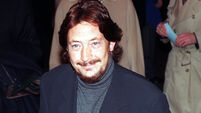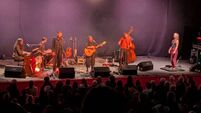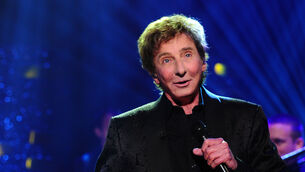Groove Armada: Prince to Portishead... the seven albums that shaped us
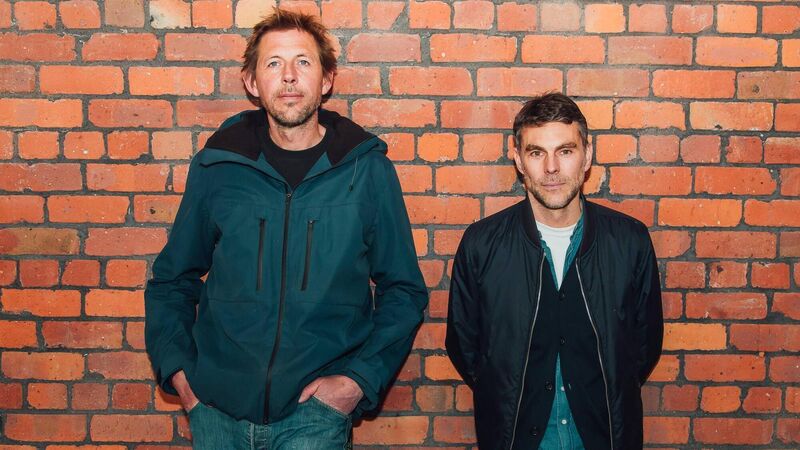
Andy Cato and Tom Findlay of Groove Armada are on their way to Forbidden Fruit in Dublin.
Andy Cato and Tom Findlay first met in London in the early 1990s. A friend suggest they get to know each other so Cato dropped by Findlay’s parents’ house. Findlay was in the attic, lying on a beanbag a bit stoned, when Cato, who is 6ft 8in tall, was directed upstairs to meet him. Findlay says he thought he was hallucinating when he saw Cato materialise, crouching under the low ceiling. The pair hit it off immediately, later DJing together after university at a club night in London called Captain Sensual at the Helm of the Groove Armada.
Shortening their name to Groove Armada, the duo released their first album, Northern Star, in 1998. It included At the River, one of the tracks that has won them fans all over the world. Grammy nominations ensued over the last quarter of a century while they continued to drop other iconic dance tracks like I See You Baby and the dancehall dub classic, Superstylin. They’ve also teamed up with interesting collaborators, including Neneh Cherry and the late Richie Havens, the opening performer at the Woodstock festival in 1969.
Cato took a radical turn around 2007. He was flying home from Eastern Europe after gigging with Groove Armada when he read an article, by chance, about the dire environmental consequences of modern food production practices. The picture it painted wasn’t “pretty,” he says.
He adds: “There was a brilliant line in the article: ‘If you don't like the system, don't depend on it.’ I was living in France at the time, aged 34 or something. For the first time in my life, I planted some seeds to see if I could grow my own food. From the moment I saw those seeds become plants, and then plants become food, it was an incredible feeling. It should be the first and last thing we're taught at school – this miraculous process is the basis of all life on Earth.” After converting his vegetable patch in a quest for self-sufficiency, things quickly escalated. Cato sold the rights to his songs with Groove Armada to buy a farm nearby (although he continues to tour and record with Groove Armada). Today, he’s part of Wildfarmed, a farming collective of 90 farmers, chiefly based in the UK and Ireland, which is channelling the house music dance spirit of the DiY Sound System from the early 1990s to help spread the gospel of sustainable farming.
Groove Armada will do a headline DJ set at the Forbidden Fruit Festival, Royal Hospital Kilmainham, Dublin, Saturday, 1 June. See: www.forbiddenfruit.ie. For more about Wildfarmed, see: www.wildfarmed.co.uk.
Prince has been a massive influence on our lives and on our sound. We could pick any Prince album, but we used to listen to the album that's called Prince a lot. There's a rawness about the funk on it, which is something that, not saying we ever got there, but we certainly aspired to reach those heights. That album also has that track, I Wanna be Your Lover, which has been the soundtrack to hundreds and hundreds of Balearic joy moments when we drop that in the middle of a house set. For that reason alone, it's worth picking that record.
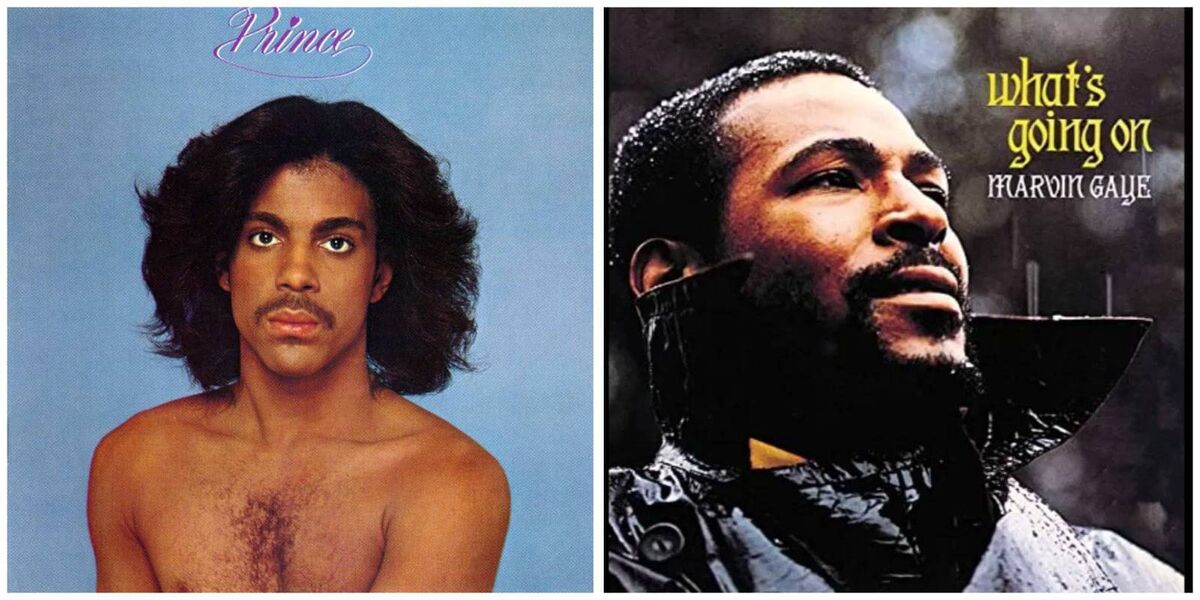
You could argue Marvin Gaye’s What’s Going On is the greatest soul record of all time. We’re both absolute soul lovers. What resonates with this album is that it’s not just the music, it’s the way the album flows. It's something me and Tom were always obsessed with. We come from that era of mixtapes and trying to put things together in the way that flows. This album is a beautiful example of that. And it's got a real powerful political message. It’s basically got everything you could wish for from a record.
A lot of our focus in Groove Armada over the years became the live show, and how you deliver dance music with a live band. From that came this combination of live instrumentation and electronics which we refined over the years to be a signature sound. A big influence while we were working all that stuff out was LCD Soundsystem. Again, we could pick a few different records, but the Sound of Silver album would probably the one. I remember we had one particularly incredible summer in Ibiza, one where a mate had this car with a ludicrous sound system in it, and we went around for most of the summer listening to Someone Great. That was a moment I'll never forget. They’re definitely an inspiration.
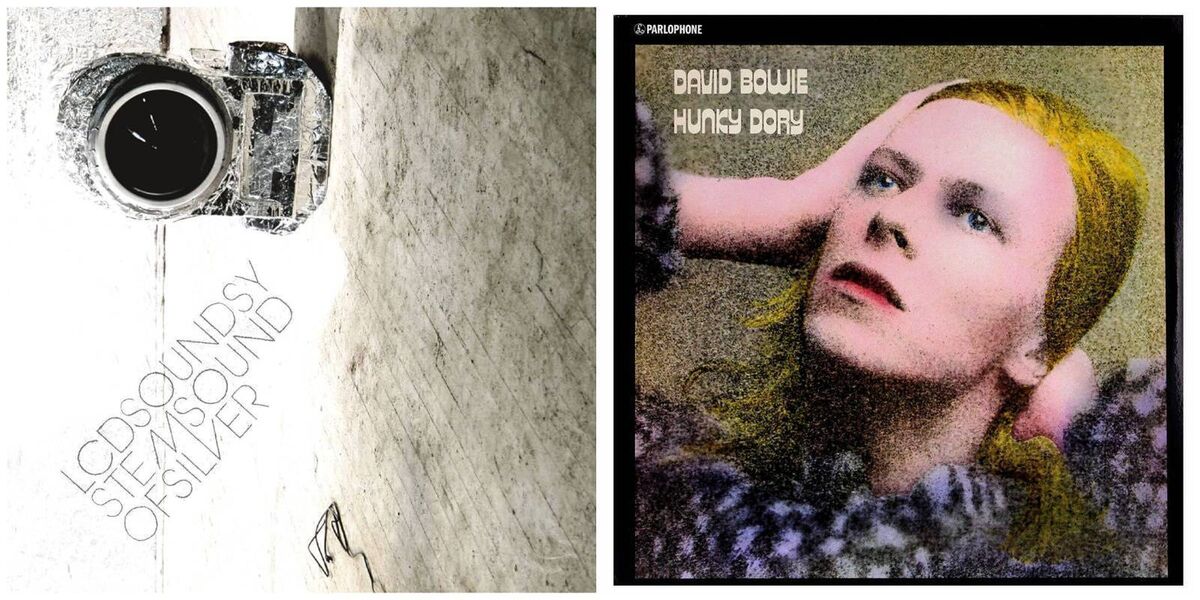
This isn’t a proper album, but I'm gonna claim it. We couldn't do this process without it. It's a mixtape from Castlemorton, which was the big famous free party in 1992 at Castlemorton Common [West Midlands, England] that led to the UK’s Criminal Justice and Public Order Act. My cousin, a DJ by the name of Rick “Digs” Down, was one of the people who set up the DiY Sound System. There's a mixtape from DJ DK, another member of the DiY Collective, at Castlemorton. That free party era has defined what dance music is all about to me and Tom. Even now, 30 years on, our happiest DJing experiences are the ones closest to that down-at-heel, deep-grooving community feeling that those parties have.
We couldn't do this list without mentioning David Bowie. The way records sounded back in Bowie’s heyday, on the production level, was something that we always aspired to. From Sound and Vision to Life on Mars? there's something about him. We’ve always listened to Bowie – on tour buses, in the studio, throughout the whole creative decades. We could have chosen any record, but we've picked Hunky Dory. He was massive inspiration, all the way to the end. We were listening to the track Where Are We Now? from his last album, The Next Day, all the time while recording The Edge of the Horizon record. He's been there all the way through.
This is a shout-out to Bristol. Portishead’s Dummy is dance music in the broadest sense of the word, but it took it to deeper, deeper places. That was a massive record for both of us. It opened up new ideas about where we were going. We used to spend days and days in New York in the A-1 Record Shop looking for samples. We started looking in different places, where we could get these interesting loops, thanks to that Portishead record.
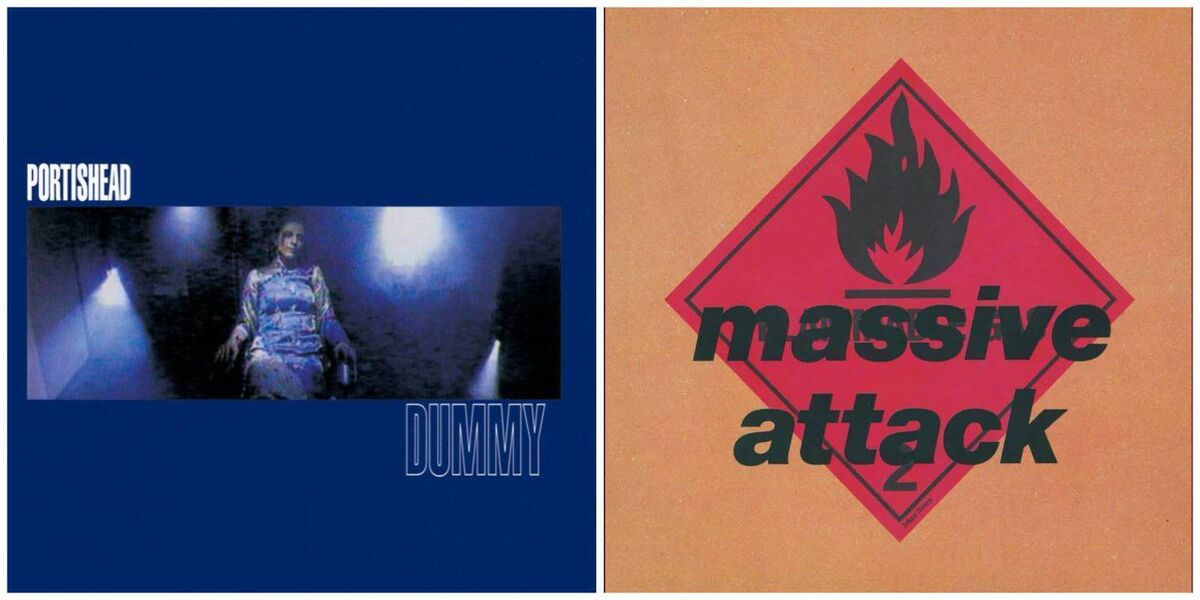
Bristol Part Two is a nod to dance music titans, Massive Attack, and Blue Lines. Anyone who listened to that record, who's in dance music, spent their entire career trying to write a version of Unfinished Sympathy, and never quite managing to do it, and we were no exception to that.
